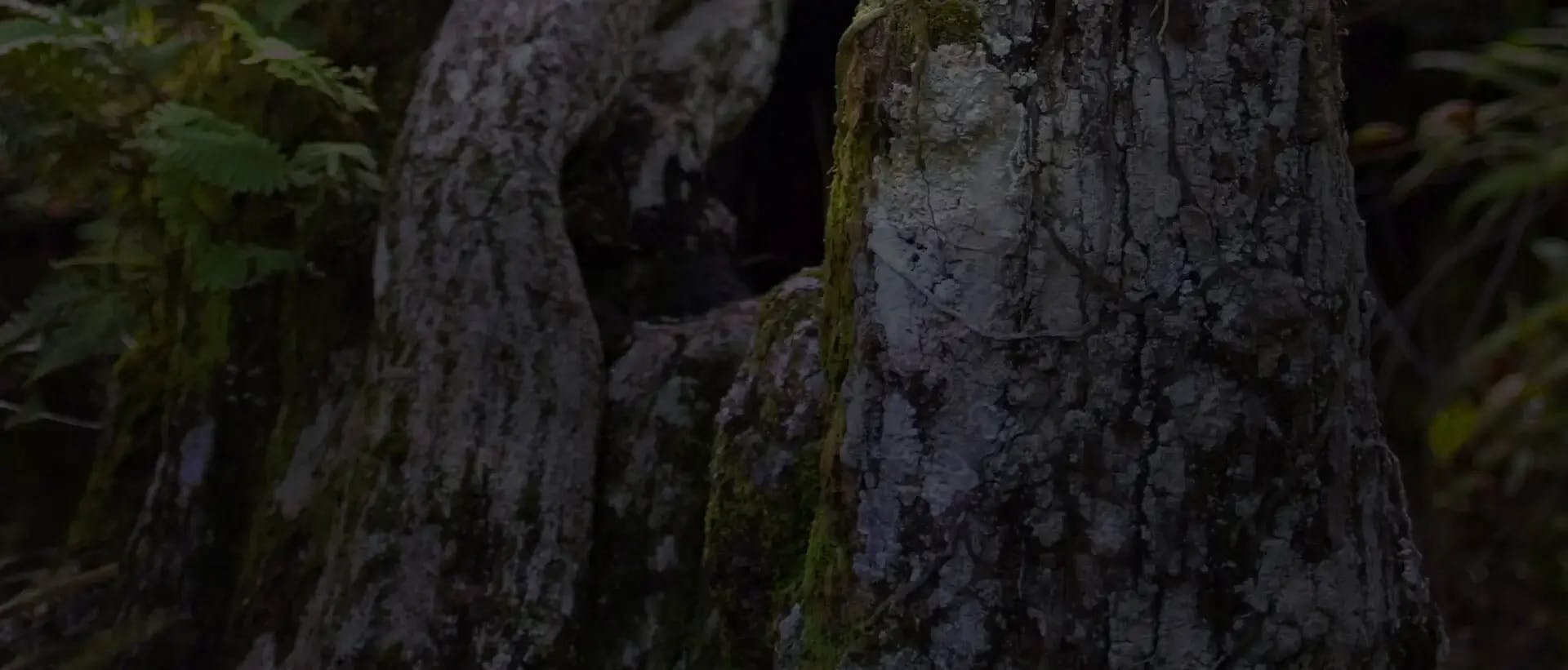
SITF Submissions and Findings
The Species Identification Task Force receives submissions from orchid judging centers or exhibitors.
Meiracyllium gemma 'Bill Bartlett' CBR 2025-11-27
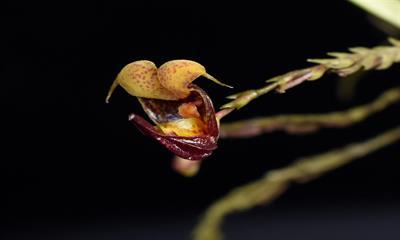
Scaphosepalum anchoriferum 'Dayana' AM 2025-11-26
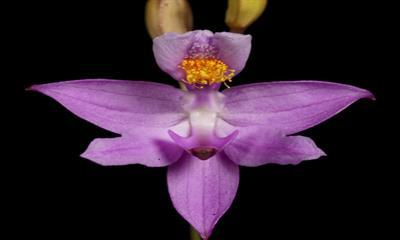
Calopogon barbatus 'Ranga's Bubble Gum' CHM 2025-11-26
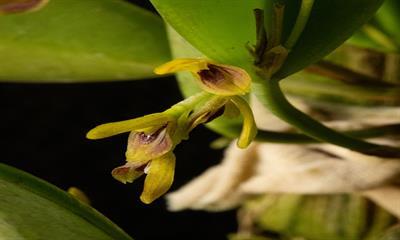
Pleurothallis (Acianthera) macropoda 'Bryon' CBR 2025-11-23

Bulbophyllum weberi Gentle Giant CCM 2025-11-17

Encyclia pyriformis 'Kathleen' JC 2025-11-17
Finding
SITF confirms this plant as Encyclia pyriformis (Nov 2025). This plant is a good match to E. pyriformis and to the first of prior awards, a CHM in 2003, which was identified by John Beckner, a taxonomist in Selby Gardens. The submitted photos are a close match to the photos of E. pyriformis in Orchid Roots and in the IOSPE. It also matches E. pyriformis in Withners, The cattleyas and their Relatives, Volume 4, where there are two drawings of this species; one with 2 leaves per pseudobulb and one with one leaf per pseudobulb.
Dendrobium mindanaense 'Amelia Delphia' CHM 2025-11-17

Epidendrum cirrhochilum 'J&L' CBR 2025-11-16

Maxillaria ferruginea 'Jardin botanique de Montréal' CHM-2025-11-15

Stelis segoviensis 'Jardin botanique de Montréal' CCM 2025-11-14

Coelogyne monilirachis 'Gayle' AM 2025-11-12
Finding
SITF has determined this plant to be Coelogyne incrassata, not Coelogyne monilirachis (Nov 2025). Photos of C. monilirachis in the IOSPE and in the orchidroots.com do not show the transverse band on the lip as pictured on this plant. The key in the Coelogyne Section from The Genus Coelogyne - A Synopsis Book by Dudley Clayton keys this out as C. incrassata var. incrassata based on the 'translucent pale brown' color, the three keels terminating at the base of the midlobe (also in the key for monilirachis) and the white lip with a 'transverse red bar' which all agree with this flower. The photo shown in the POWO does not appear to agree with other sources, including the Coelogyne book by Clayton.
Cleisostoma scortechinii 'M&M Orchids' CBR 2025-11-09
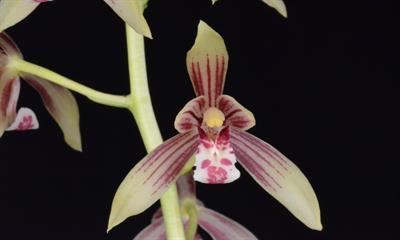
Cymbidium haematodes Seed Studio Rainbow HCC 2025-11-06
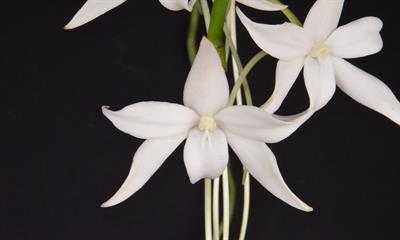
Aerangis modesta 'Chippewa' AM 2025-11-05

Prosthechea citrina 'Sunshine Sarah Goldberg' AM-CHALLENGE 2025-11-04
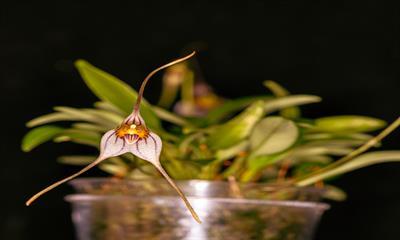
Masdevallia merinoi 'J&L' CHM 2025-11-03
Finding
SITF confirms this plant as Masdevallia merinoi (Nov 2025). A description and drawing of the species may be found on-line on epidendra.com at https://epidendra.com/taxones/Masdevallia/Masdevallia%20merinoi/Masdevallia%20merinoi%20PROT.pdf which matches this plant. Although the flower measurements may be a little small, the callous on the petal lower half and the pair of calli on the lip can be clearly seen which match the description of this species. Also, the type drawing by Carl Luer and a photo of M. merinoi can be seen on the IOSPE website.
Aerangis pallidiflora 'Alan' CBR 2025-11-03
Barbosella dusenii 'Chandra P' CCE 2025-11-02

Eulophia ugandae 'Powell' CBR 2025-10-25
Finding
SITF confirms this plant as Eulophia ugandae (Nov 2025). A description can be found at https://www.worldfloraonline.org/taxon/wfo-0000254528 for Oeceoclades ugandae (Rolfe) Garay & P.Taylor, which is synonymous with Eulophia ugandae. This plant matches photos of E. ugandae in the orchidroots.com.
Psychopsis sanderae 'Powell' CHM 2025-10-25
Finding
SITF confirms this plant as Psychopsis sanderae (Nov 2025). The column is very distinctive on this species. It matches the column on the flower closeup on the IOSPE website with what looks like osmophores on the ends of numerous stalks. It also matches the flower image of P. sanderae in Joao Almeida's side by side comparison images also shown in the IOSPE.
Pleurothallis (Acianthera) serpentula Bryon CBR 2025-10-25

Brassia andreettae 'Irene' CBR 2025-10-21
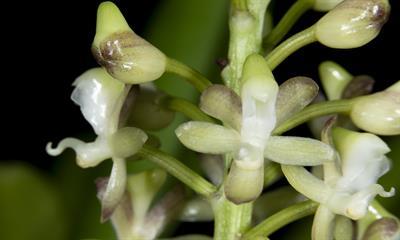
Micropera thailandica 'Irene' CBR 2025-10-21

Cymbidium haematodes 'Xi Yang Yang' AM 2025-10-21
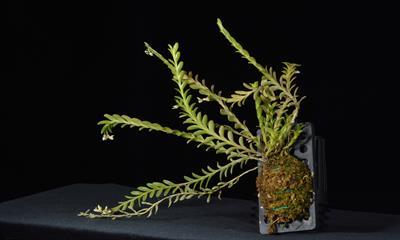
Podochilus khasianus 'Little Weirdos' CBR 2025-10-20

Masdevallia caudata Gigi AM -CHALLENGE 2025-10-17
Finding
SITF has determined this plant not to be Masdevallia caudata, but an unknown hybrid most likely with M. caudata, possibly like Masdevallia Spring Pepper or similar. A photo from Ecuagenera's website that is listed as M. caudata 'Gigi' looks like a very dark M. caudata, but this award does not look like the Ecuagenera photo of 'Gigi'. This plant does not match any of the recognized forms of M. caudata or former species recently reduced to synonymy for M. caudata. It is likely an unknown hybrid.
Lepanthes volador 'Ranga's Hidden Jewel' CBR 2025-10-15

Lepanthes tenuiloba 'Ranga's Jelly Bean' CBR-2025-10-15
Finding
SITF confirms this plant as Lepanthes tenuiloba (Nov 2025). The leaf and flower form and colors are a good match to L. tenuiloba. The drawing and closeup of L. tenuiloba in the IOSPE matches this plant with the form of the leaf tip showing some unusual details. This is a very close match to the images in the orchidroots.com.Lepanthes ejecta 'Little Weirdos' CBR 2025-10-11
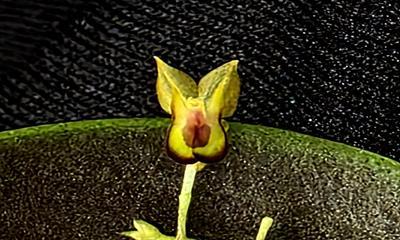
Lepanthes declivis 'Pleurothallidian' CBR-2025-10-11

FREE ACCESS: Orchid DealWire
Get notified when orchid vendors have special promotions and exclusive savings.
